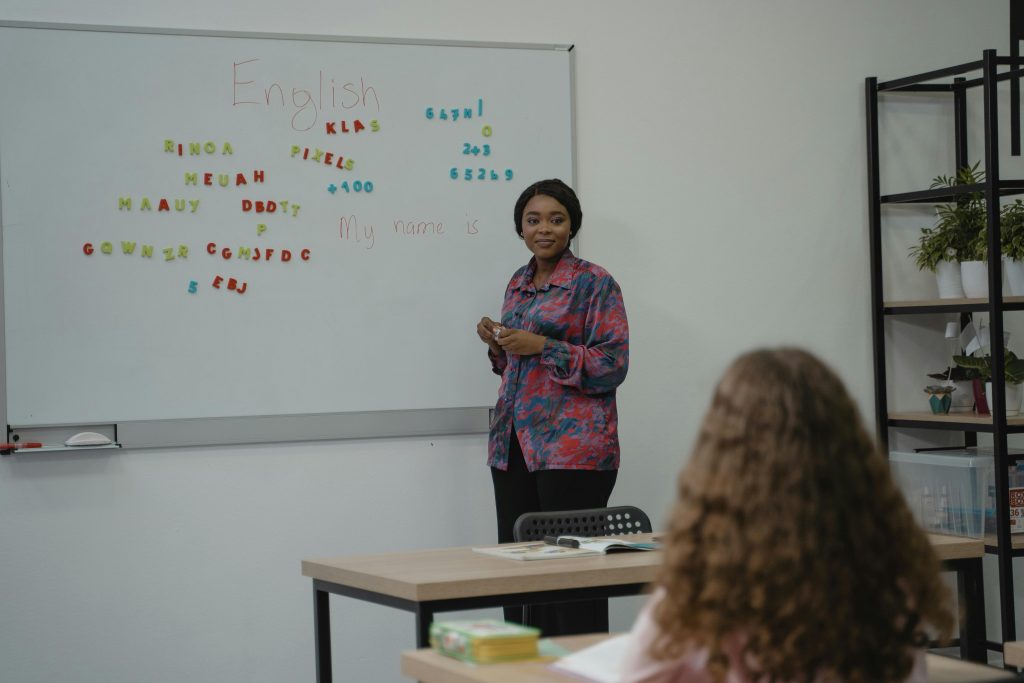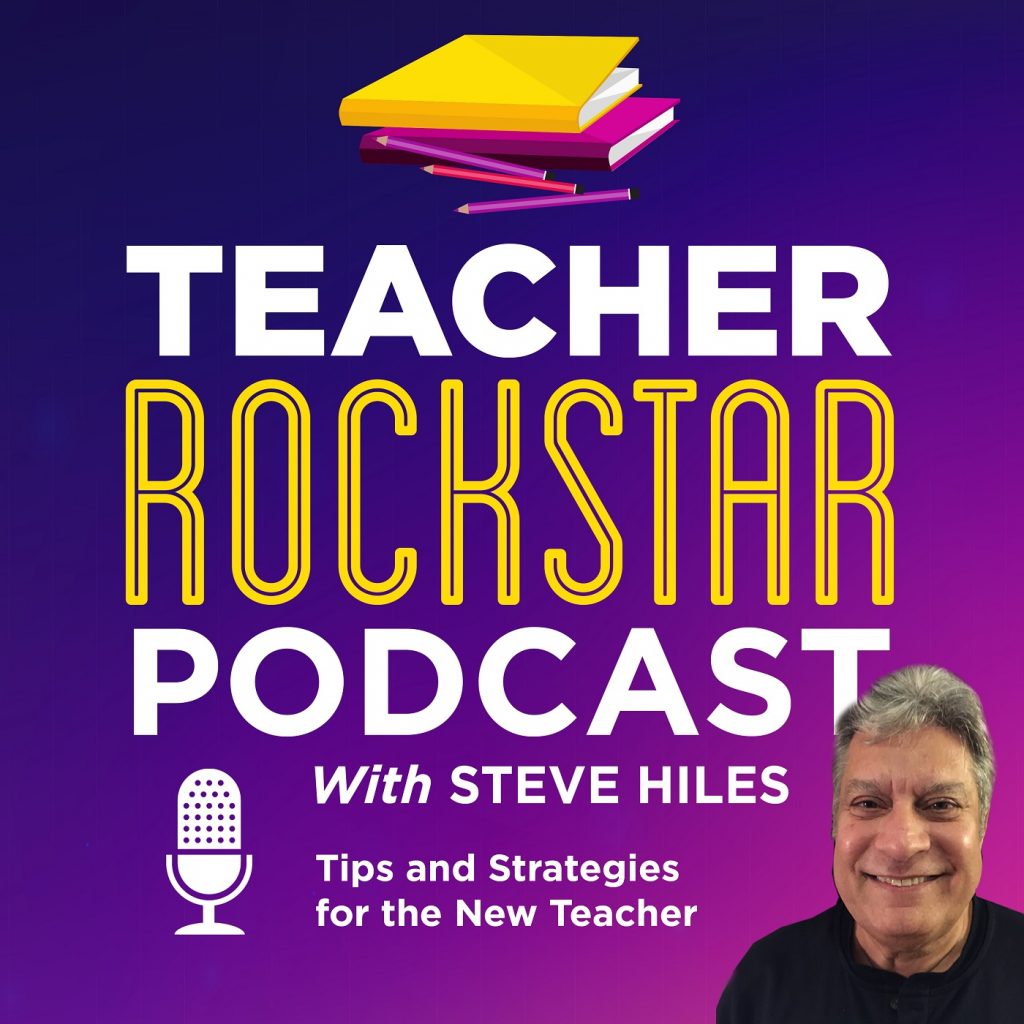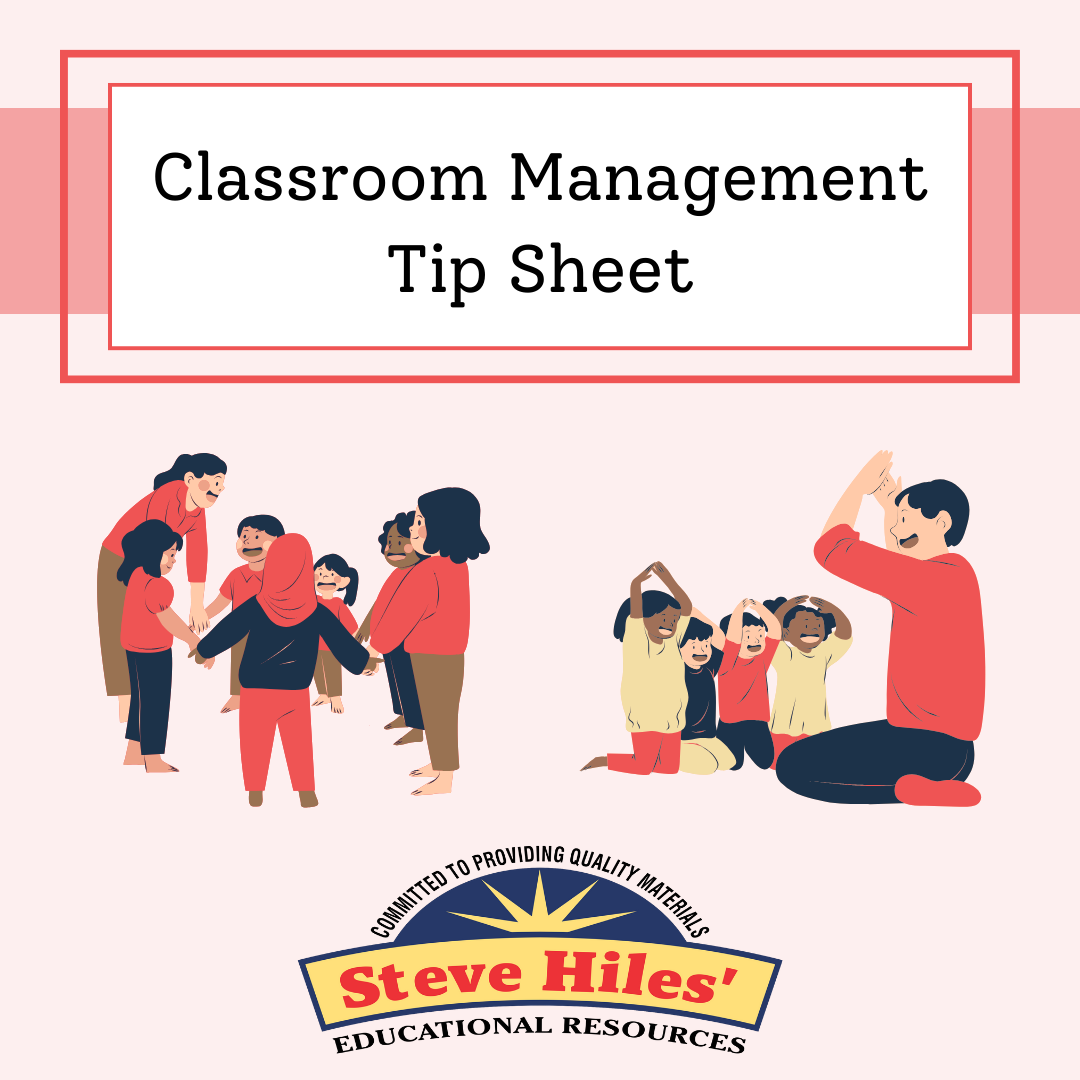Incorporating movement during reading sessions can really transform the classroom setup making it more dynamic, engaging and effective. This approach, inspired by learning principles recognizes that students often benefit from movements to reinforce their cognitive processes. By integrating movement into lessons educators can cater to learning preferences boost retention rates and spark a love for reading.
Table of Contents
ToggleThe Importance of Kinesthetic Learning
Kinesthetic learning involves using actions to help students process and retain information. Research suggests that movement can enhance brain activity, increase focus and heighten engagement levels. In the context of reading sessions this indicates that students are more likely to understand and remember what they read when they actively engage in the learning experience.
Benefits of Infusing Movement into Reading Sessions
1. Memory Retention; Physical activities stimulate blood flow, to the brain potentially enhancing memory function and cognitive skills.
2. Enhanced Engagement; Incorporating movement can make lessons more enjoyable, reducing monotony and encouraging student participation.
3. Catering to Diverse Learning Styles: Not all students learn effectively through certain methods; however, kinesthetic activities cater to those who prefer hands on learning.
4. Better Classroom Management; Introducing movement breaks can help regulate classroom behavior by allowing students to release pent up energy.

Ways to Infuse Physical Activity into Reading Sessions
1. Interactive Storytelling
Bring Stories to Life: Share a story aloud. Encourage students to act out parts using gestures, movements or silent acting.
Story Adventure; Create a path in the classroom with stations representing different story elements. Students travel through these stops reading and performing each part.
2. Reading through Role Playing
Reading Fun: Assign characters from a book to students for a presentation encouraging expressive reading and deepening understanding of character viewpoints.
Dive into Characters; Students take on roles from the story moving around and engaging with classmates while discussing character traits, motives and behaviors.
3. Active Comprehension Activities
Vocabulary Charades: Have students act out terms written on cards while others guess the word reinforcing definitions through gestures.
Sentence Mix Up Game, Scatter sentence components or story pieces on cards around the room. Students locate these cards. Arrange them in order.
Stay flexible based on their participation and actions
• Embrace Diversity: Include activities to maintain lively lessons. This not only holds student interest, but also caters to different learning preferences.
To sum up, adding activity to reading sessions is a way to enhance students’ learning experience. Creating a learning environment helps students better understand what they read improves memory retention and fosters a lasting love, for reading. When done with care incorporating movement into reading activities can greatly benefit any literacy program.









